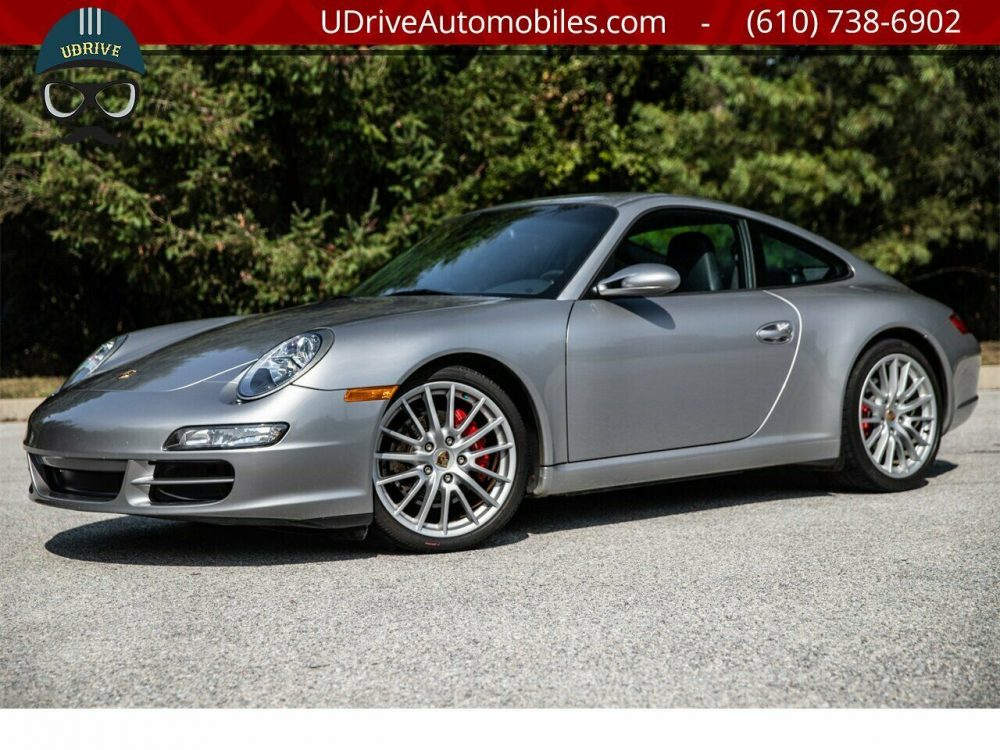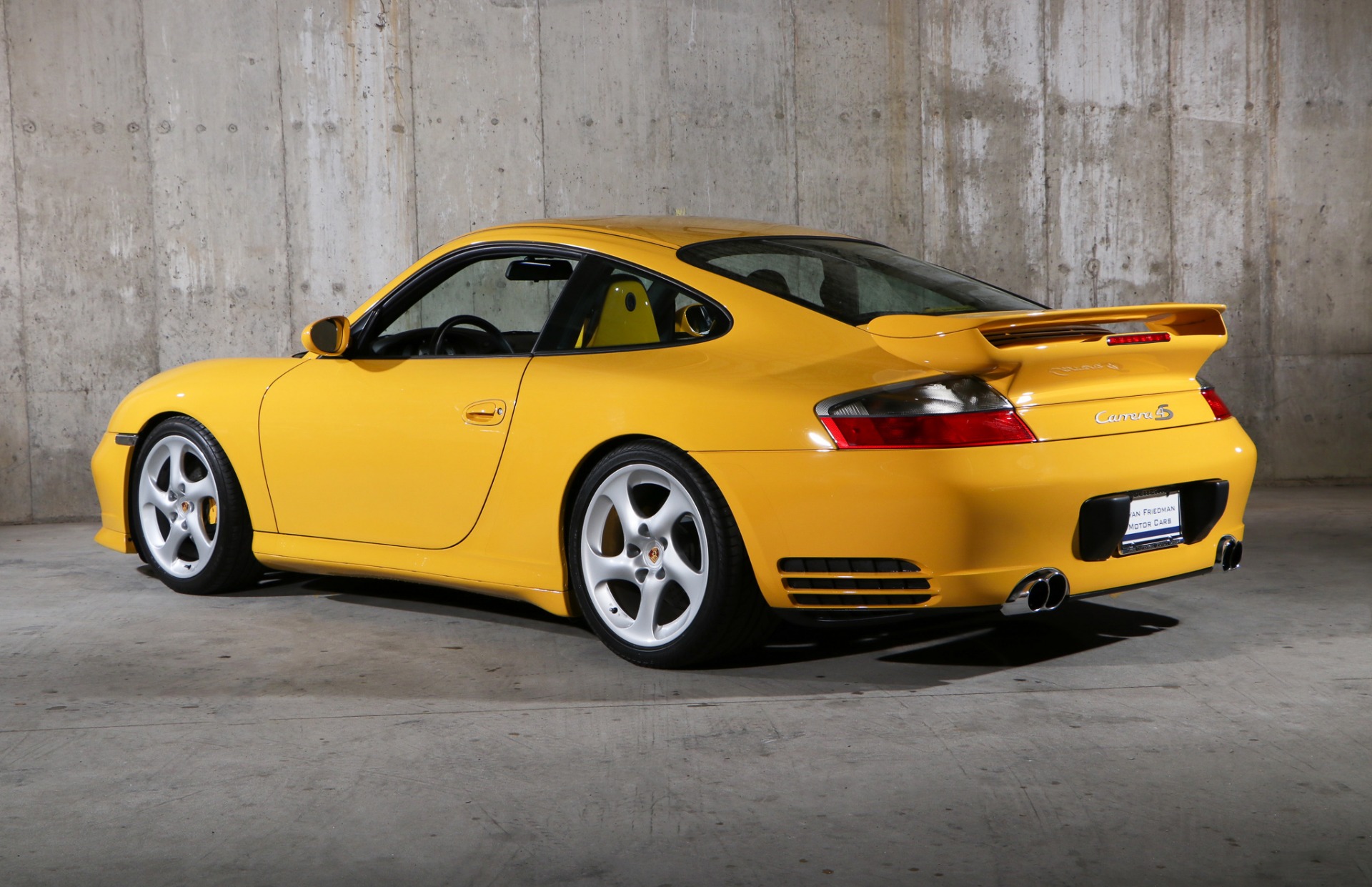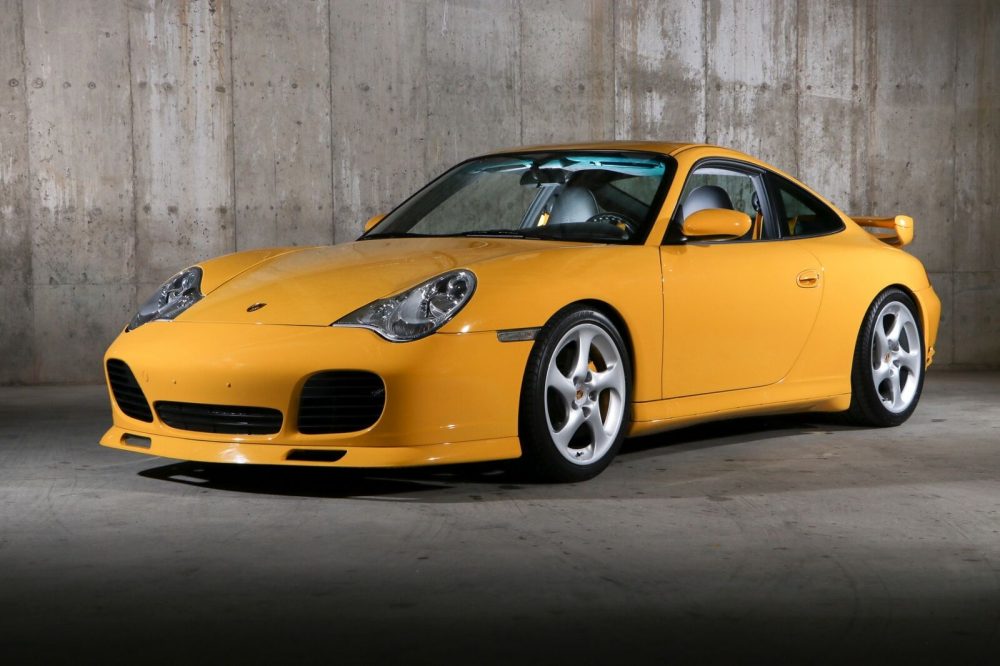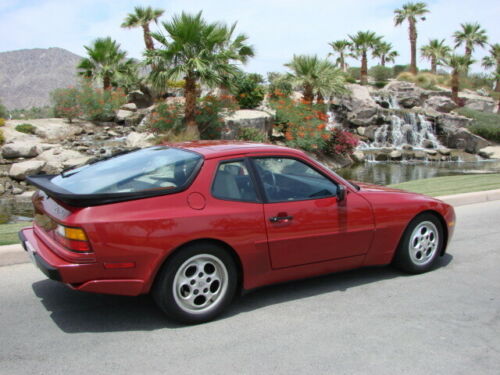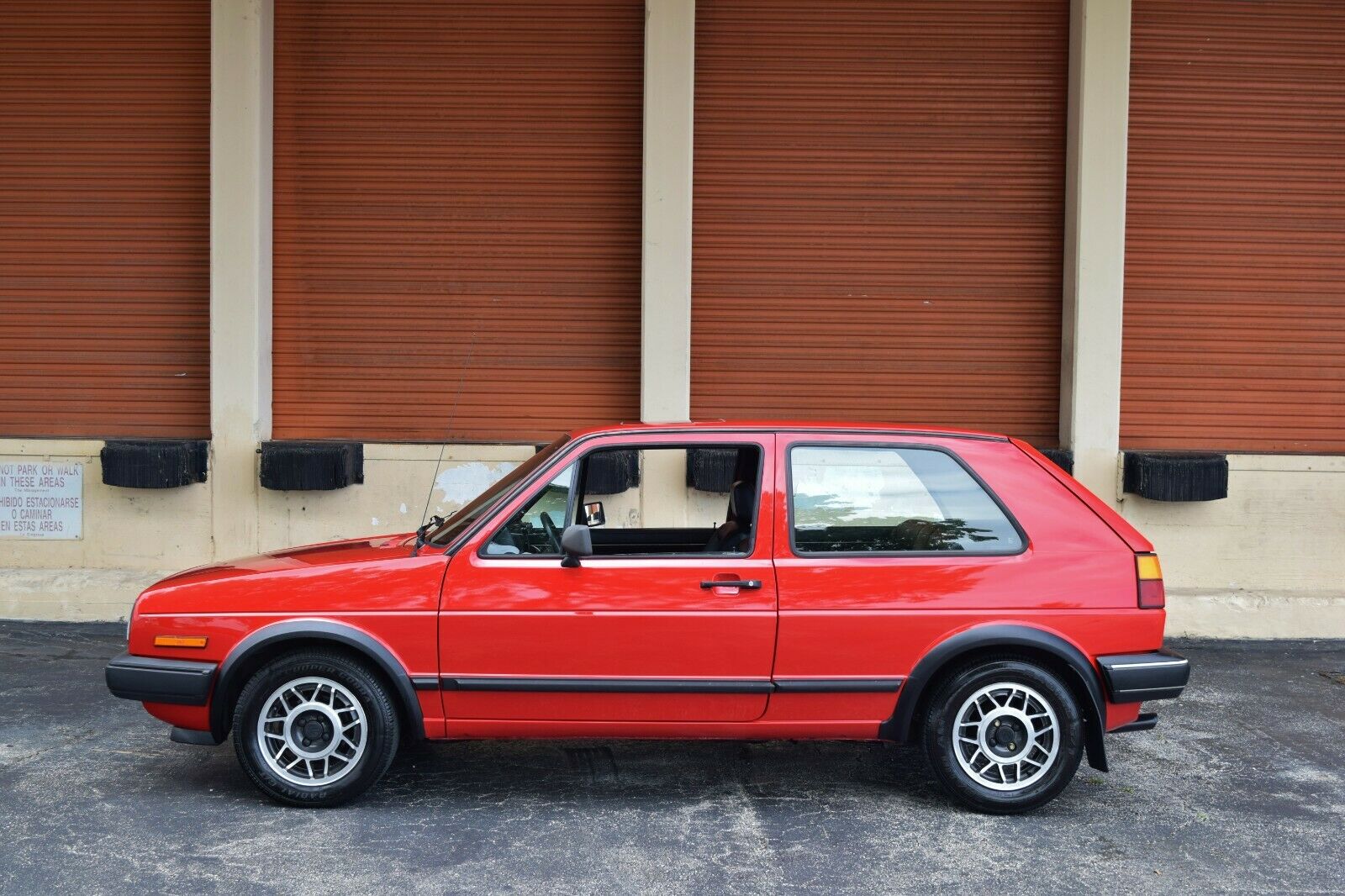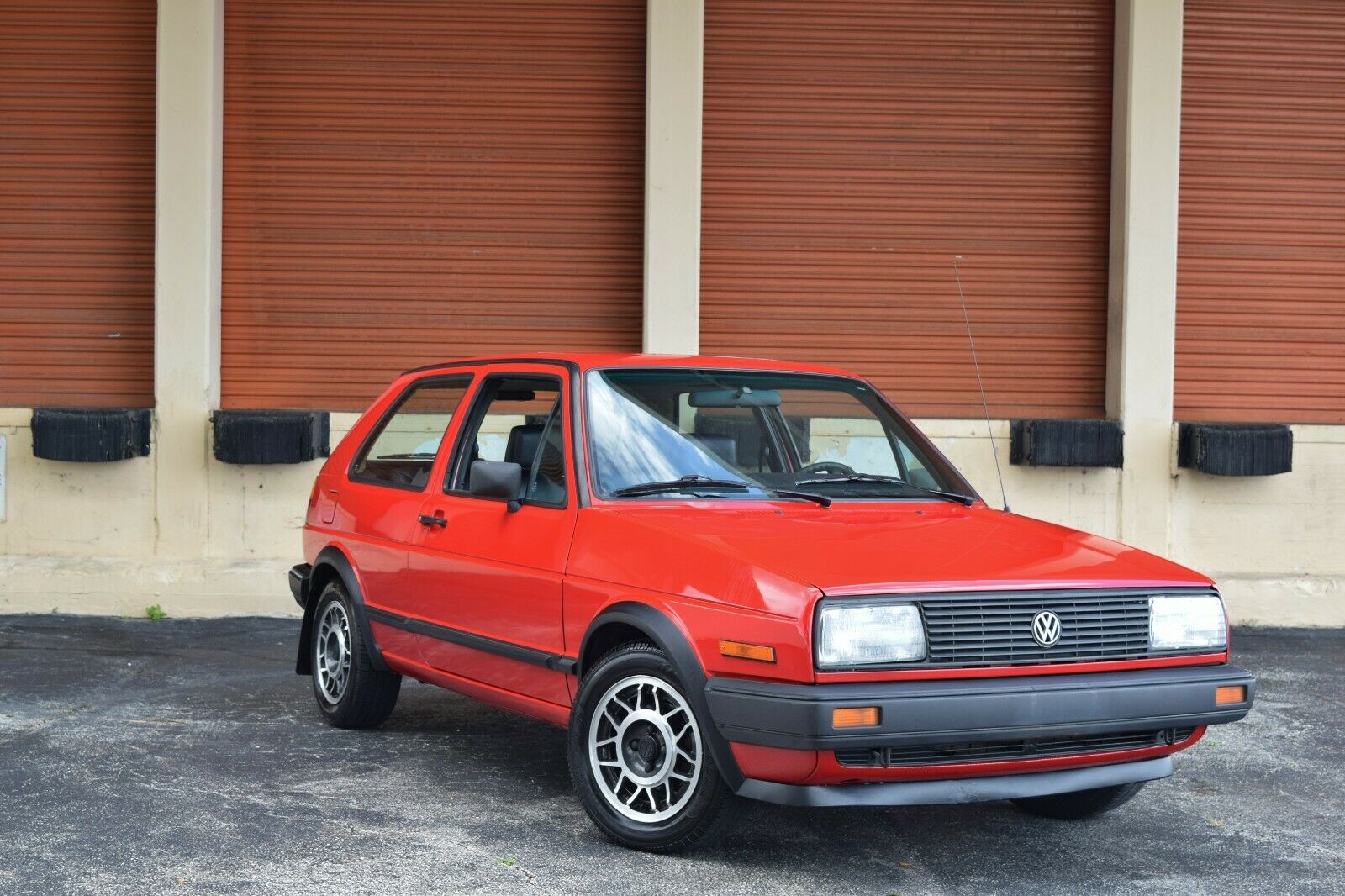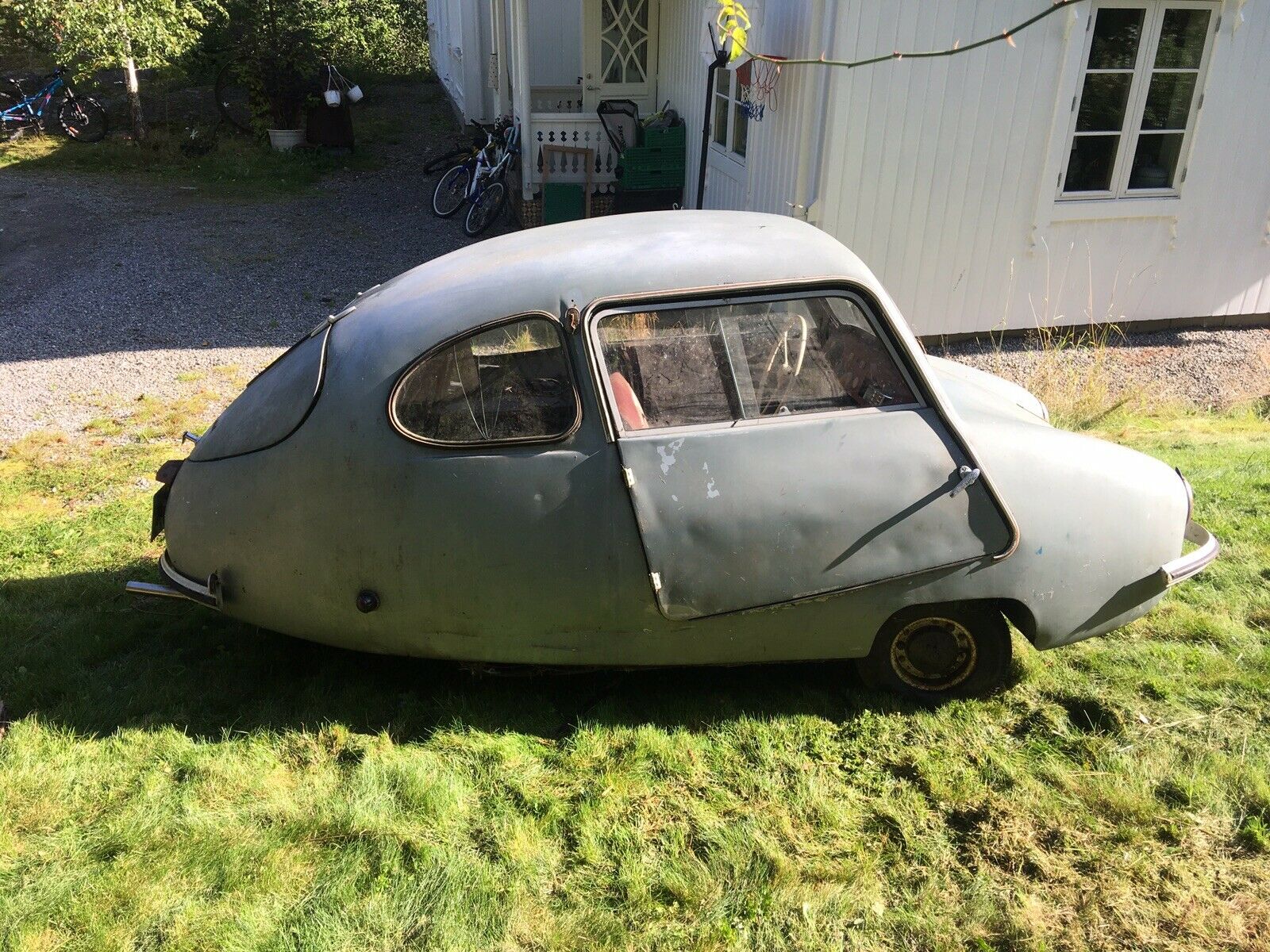Wood trim in a Porsche 911 has always been an interesting debate. On one side, this is a pure sports car, leave the wood for BMW and Mercedes-Benz if you want luxury. On the other, some will argue that this is also a GT car and having some wood on the dash, steering wheel, and where ever else they could put it is just fine. Clearly buyers want this, because billion dollar car companies don’t just blindly do things without tons of research and market analysis, no matter how much we want to believe they do. This 2006 911 C2S has some wood on the inside and not just the shift knob and steering. No, this 997.1 is optioned with the Makassar Package to finished off the Sea Blue interior just right in my eyes. Wait until you see it.
Month: September 2019
About a month ago I took a look at one of the strangest colors I’ve seen on a Porsche 911. It wasn’t the actual color that was strange, but rather the name of literally “Ferrari-Yellow.” Like I mentioned, Porsche would rather shut the company down rather than put a competitors name on one of their cars now, but it looks like the lure of the Ferrari-Yellow goes further than we thought. Today, I wanted to look at the next generation of that car, the 996 C4S. This 2004 for sale in New York is finished in the popular “Speed yellow” and just like the 993, has the turbo-twist wheels, matching calipers, and some extra bits of yellow on the interior. However, they really went all out with the yellow on this car. Just wait until you see.
CLICK FOR DETAILS: 2004 Porsche 911 Carrera 4S on eBay
2 Comments1987 saw some minor changes to the fantastic forced-induction 944 Turbo; most notable was the addition of ABS, which meant no more Fuchs. Instead, higher offset ‘Phone Dials’ were added, with an option for the forged ‘Gullideckel’ polished wheels. The other change was in color combinations available. Azurite Blue replaced Copenhagen Blue in the dark tones, while two new standard colors were introduced – Lemon/Summer Yellow (LMIA) and Malven Red (LY3E). Both of these colors were a one-year only option on the 944, and both are pretty rare to see. I looked at a Lemon/Summer Yellow ’87 Turbo back in 2016:
But I think this is the first time I’ve seen a Malven Red Turbo, and it looks like a good one to consider:
CLICK FOR DETAILS: 1987 Porsche 944 Turbo on eBay
Comments closedThe 1987 launch of Volkswagen’s fabled 16 valve motor into the Golf lineup created an interesting transition. VW had a high performance version of the GTI now, but it was also a bit dear at $12,000. So, VWoA decided to continue running the less-expensive 8 valve version for alongside for one more year (this was mimicked in the Jetta GLI lineup, as well). This split lineup would resume in 1990 for the GTI.
However, for the ’87-88 model year, VW added a third Golf performance version. Labeled the GT, outwardly it shared many characteristics with the early A2 8V GTIs. The same 14″ alloy wheels were there, black fender flares, special interior fabric, a 4-spoke sport steering wheel and red-splash decals front and rear. However, if you looked closely there were several differences to the GTI. The GT didn’t have the red-stripe trim outside of the more illustrious GTIs. Nor did it have the rear spoiler, sport seats, or a few other unseen details of the same-year GTI like uprated suspension and 4-wheel discs. So why get one? Well, first off it was a bit less expensive than the GTI. And, underneath it carried the same close-ratio 5-speed manual hooked to the high-compression RD 1.8 8V from the GTI. But the real benefit of the GT was that it came in more colors, with more doors (there was no 5-door GTI in the U.S. yet, nor for a while) and with an available automatic (again, not for the GTI). Of course, by the time you selected all of that stuff you were in GTI pricing…which meant that few GTs sold, and they’re very rare to see today:
CLICK FOR DETAILS: 1987 Volkswagen Golf GT on eBay
1 CommentAnd now for something completely different.
Postwar Germany was a veritable wasteland thanks to the National Socialist’s ambition and policies – not to mention non-stop bombing of any industrial (and some non-industrial) areas for several years. So while the German unconditional surrender in early May, 1945 did not hold the same punitive conditions that the Versailles Treaty had, nevertheless Germany would take quite a while to rebound economically. As a result, it was German microcars which first established themselves as the go-to for consumers. And, the Germans were quite good at building many varied designs; you’ll of course be familiar with the BMW Isetta, but I have also looked at the Messerschmitt KRs, DKWs and NSUs. But today’s car was one even I had never heard of. And it was the first.
The Fuldamobil derived its name from the German town where it was conceived – Fulda – smack dab in the middle of Germany. In the late 1940s, a duo of newspaper employees got funding from a Bosch distributor in Fulda, and the early 1950s series production of the Type N began. Reportedly 380 were completed before 1955, by which time it had already been redesigned into the more rounded Type S that you see on these pages. The Type S that emerged was designed with rounded panels to allow subcontractors to produce them more quickly, and the entire design was then licensed to several producers. Series 1, like you see here, was built by the Nordwestdeutscher Fahrzeugbau in Wilhelmshaven. These cars carried the ILO Motorenwerke 197cc single cylinder motor and a claimed 673 were made:

